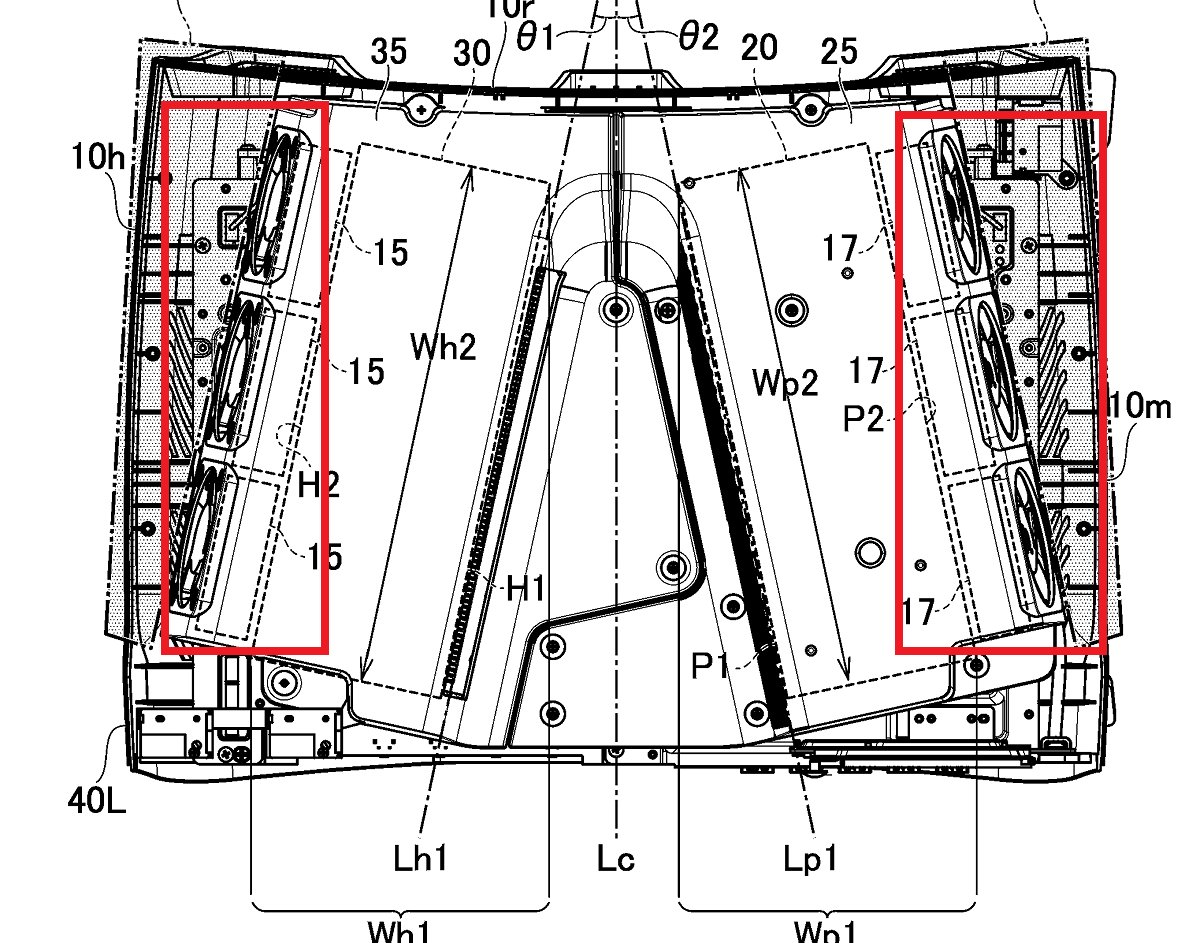Md Ray
Member
Thanks, what an interesting read. I really appreciate posts like this.He was talking entirely about a patent when referring to the SRAM, I was talking about how it was depicted in Cerny's slides. That is where most of the confusion was.
I am now reading the patent and it so far is exactly as I said.
The entire first half of it so far is describing exactly the kind of system I was talking about. The mapping between logical addresses that the game and PS5 CPU uses, and the actual physical addresses of the flash memory that the controller is responsible for.
In the patent this is referred to exactly as logical and physical addresses, with the SSD controller consisting precisely of a flash controller that deals in physical addresses, a host controller that deals in logical addresses from the host (CPU/Game), and a fast pool of RAM used by both to store the address conversion table that connects the two.
It is so far nothing like as described by @psorcerer and is working exactly as it does on PC at the level of the SSD controller, which is all I was ever talking about. The host does not directly address the physical flash storage address range.
Usually there is an amount of DRAM built into high end SSD controllers for not just caching writes to improve write performance, but for keeping this mapping table very close to the SSD controller. It's not on chip because that's not how DRAM works. DRAM is also expensive, but traditionally you need 1 GB of it for every 1 TB of storage, just to keep that mapping table resident.
You need to keep that mapping table resident and close to reduce latency, which directly affects random read performance. Something that will be common in consoles now they're using SSD and don't want to duplicate data.
DRAMless SSDs in PCs were designed for things like laptops where you want to use less energy (DRAM costs energy), and also save costs in manufacturing. Not only do they suffer in write performance, they also suffer in random read performance, as demonstrated in the bench-marking article I linked.
Now what's interesting, and what I didn't realise until I started reading this patent, is that Sony has been experimenting with coarser mapping tables, and having them completely or partially resident not just in SSD controller DRAM, but on-chip itself in SRAM, for even better latency improvements.
The patent is generic enough in scope in that it may or may not relate to PS5. The SRAM as shown in Cerny's slide is clearly outside of the SSD controller, so that isn't it, but there's still a chance PS5's SSD controller is using this technology, which is a step above even a DRAM equipped SSD in latency.
The idea that an SSD would keep its flash mapping table resident in system RAM is nonsense.
Still going through the patent and it's extremely interesting so far. Considering who provided the link to it, it's unsual they didn't seem to understand the point I was making, which is made exactly in the opening summary of the patent.
tl;dr "DRAMless SSDs" don't just suffer from poor write speeds, but also random read performance. They are budget mobile devices. Random read will be leveraged by SSD equipped consoles to get rid of data duplication. From the patent provided and the concerns it lays out in the opening, it's unlikely Sony would have opted for a "DRAMless SSD" solution, and they may have even gone a step further and be using a pool of SRAM in the SSD controller itself to further reduce latency over DRAM equipped SSDs.
EDIT: The idea seems to be that the controller can load in different complete or partial mapping tables saved in flash depending on what it's doing, hence it can get away with a small but ultra fast SRAM pool, rather than a large and slightly more distant (but still before the main SoC) DRAM pool.
As game packages are basically copied from Blu-ray into flash and aren't rewritten to, it could be that a mapping table related to the game package gets loaded into that pool. Maybe it gets sent an address and an offset to get something more specific. Still reading. The point is it doesn't need the entire 825 GB mapping table to fit into a smaller SRAM pool if the only random reads likely to be happening relate to an area that isn't really ever changing.
Now, I wonder what the size of this SRAM would be? 16MB, 8MB, or even less?
Last edited:











